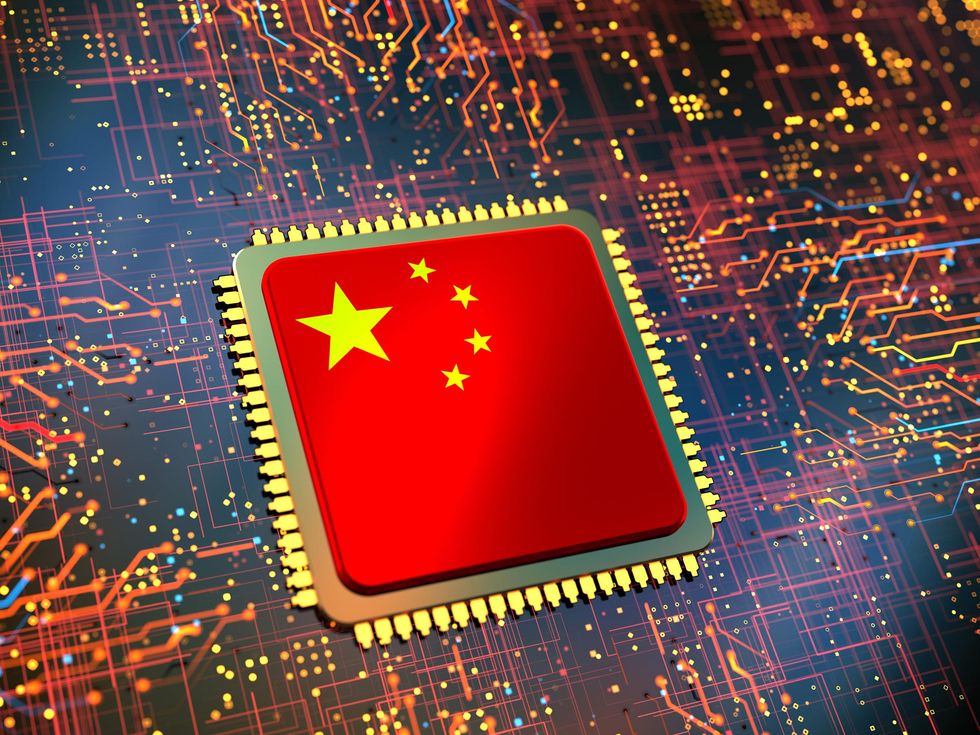
It has now been about a month due to the fact the U.S. Commerce Section issued new procedures that clamped down on the export of selected highly developed chips—which have army or AI applications—to Chinese clients.
China has but to respond—but Beijing has a number of options in its arsenal. It’s unlikely, gurus say, that the U.S. steps will be the last preventing term in an industry that is starting to be more geopolitically sensitive by the working day.
This is not the initially time that the U.S. federal government has constrained the flow of chips to its perceived adversaries. Formerly, the United States hasblocked chip product sales to person Chinese clients. In reaction to the Russian invasion of Ukraine before this calendar year, the United States (together with numerous other nations, together with South Korea and Taiwan) positioned Russia less than a chip embargo.
But none of these prior U.S. chip bans have been as broad as the new procedures, issued on 7 Oct. “This announcement is maybe the most expansive export manage in many years,” says Sujai Shivakumar, an analyst at the Center for Intercontinental and Strategic Research, in Washington.
The regulations prohibit the sale, to Chinese shoppers, of superior chips with both of those large overall performance (at the very least 300 trillion operations for every next, or 300 teraops) and quick interconnect velocity (frequently, at the very least 600 gigabytes for each 2nd). Nvidia’s A100, for comparison, is capable of over 600 teraops and matches the 600 Gb/s interconnect pace. Nvidia’s far more-outstanding H100 can get to nearly 4,000 trillion operations and 900 Gb/s. The two chips, meant for data centers and AI trainers, are unable to be marketed to Chinese consumers below the new procedures.
Furthermore, the guidelines restrict the sale of fabrication gear if it will knowingly be utilised to make selected classes of state-of-the-art logic or memory chips. This incorporates logic chips created at nodes of 16 nanometers or considerably less (which the likes of Intel, Samsung, and TSMC have accomplished due to the fact the early 2010s) NAND long-expression memory integrated circuits with at the very least 128 levels (the point out of the artwork now) or DRAM quick-term memory built-in circuits made at 18 nanometers or much less (which Samsung began generating in 2016).
Chinese chipmakers have barely scratched the area of all those quantities. SMIC switched on 14-nm mass generation this yr, in spite of struggling with current U.S. sanctions. YMTC begun shipping 128-layer NAND chips last yr.
The principles restrict not just U.S. corporations, but citizens and lasting people as well. U.S. staff members at Chinese semiconductor companies have experienced to pack up. ASML, a Dutch maker of fabrication machines, has explained to U.S. staff to halt servicing Chinese consumers.
Speaking of Chinese consumers, most—including offices, gamers, designers of more compact chips—probably won’t truly feel the controls. “Most chip trade and chip production in China is unimpacted,” suggests Christopher Miller, a historian who reports the semiconductor trade at Tufts University.
The managed kinds of chips as an alternative go into supercomputers and huge information centers, and they are fascinating for instruction and managing significant equipment-learning types. Most of all, the United States hopes to stop Beijing from working with chips to increase its military—and potentially preempt an invasion of Taiwan, in which the vast vast majority of the world’s semiconductors and microprocessors are manufactured.
In purchase to seal off a person potential bypass, the controls also apply to non-U.S. companies that count on U.S.-made equipment or software package. For instance, Taiwanese or South Korean chipmakers can’t sell Chinese customers innovative chips that are fabricated with U.S.-built know-how.
It’s feasible to utilize to the U.S. govt for an exemption from at least some of the constraints. Taiwanese fab juggernaut TSMC and South Korean chipmaker SK Hynix, for instance, have now obtained short-term exemptions—for a year. “What transpires after that is difficult to say,” suggests Patrick Schröder, a researcher at Chatham Dwelling in London. And the Commerce Section has previously said that these licenses will be the exception, not the rule (even though Commerce Office undersecretary Alan Estevez instructed that all around two-thirds of licenses get permitted).
Extra export controls may be en route. Estevez indicated that the governing administration is taking into consideration putting limits on technologies in other delicate fields—specifically mentioning quantum info science and biotechnology, each of which have observed China-centered researchers forge important progress in the past decade.
The Chinese federal government has so considerably retorted with severe terms and minor action. “We really do not know irrespective of whether their response will be an instant response or no matter if they have a for a longer time-expression solution to working with this,” suggests Shivakumar. “It’s speculation at this stage.”
Beijing could operate with overseas firms whose income in the worthwhile Chinese sector is now beneath threat. “I’m definitely not aware of a unique organization that thinks it’s coming out a winner in this,” claims Shivakumar. This 7 days, in the japanese metropolis of Hefei, the Chinese governing administration hosted a chipmakers’ meeting whose attendees provided U.S. corporations AMD, Intel, and Qualcomm.
Nvidia has by now responded by introducing a China-certain chip, the A800, which seems to be a modified A100 lower down to meet up with the needs. Analysts say that Nvidia’s approach could be a design for other businesses to hold up Chinese gross sales.
There may be other resources the Chinese authorities can exploit. When China might be dependent on foreign semiconductors, international electronics companies are in change dependent on China for uncommon-earth metals—and China provides the supermajority of the world’s exceptional earths.
There is precedent for China curtailing its exceptional-earth offer for geopolitical leverage. In 2010, a Chinese fishing boat collided with two Japanese Coast Guard vessels, triggering an worldwide incident when Japanese authorities arrested the boat’s captain. In response, the Chinese govt minimize off rare-earth exports to Japan for several months.
Certainly, significantly of the discussion has targeted on the U.S. action and the Chinese reaction. But for 3rd parties, the full dispute delivers continuous reminders of just how tense and risky the chip provide can be. In the European Union, house to a lot less than 10 % of the world’s microchips market place, the debate has bolstered interest in the possible European Chips Act, a approach to heavily devote in fabrication in Europe. “For Europe in distinct, it’s essential not to get caught up in this U.S.-China trade challenge,” Schröder suggests.
“The way in which the semiconductor market has advanced around the previous couple of decades has predicated on a fairly stable geopolitical order,” says Shivakumar. “Obviously, the floor realities have shifted.”







More Stories
Unlocking Startup Potential: Why Employee Monitoring Software is a Game-Changer in 2025
Ossisto Powers Your Growth with Smart Outsourcing
How a SaaS Marketing Agency Can Help Your Software Business Grow